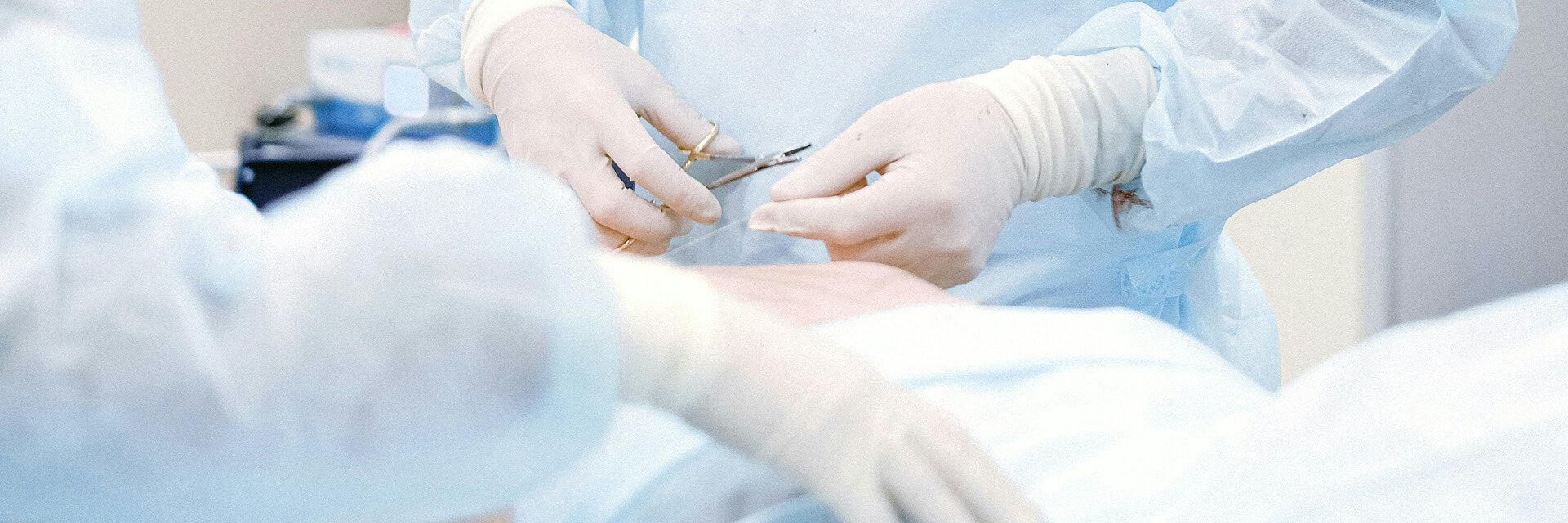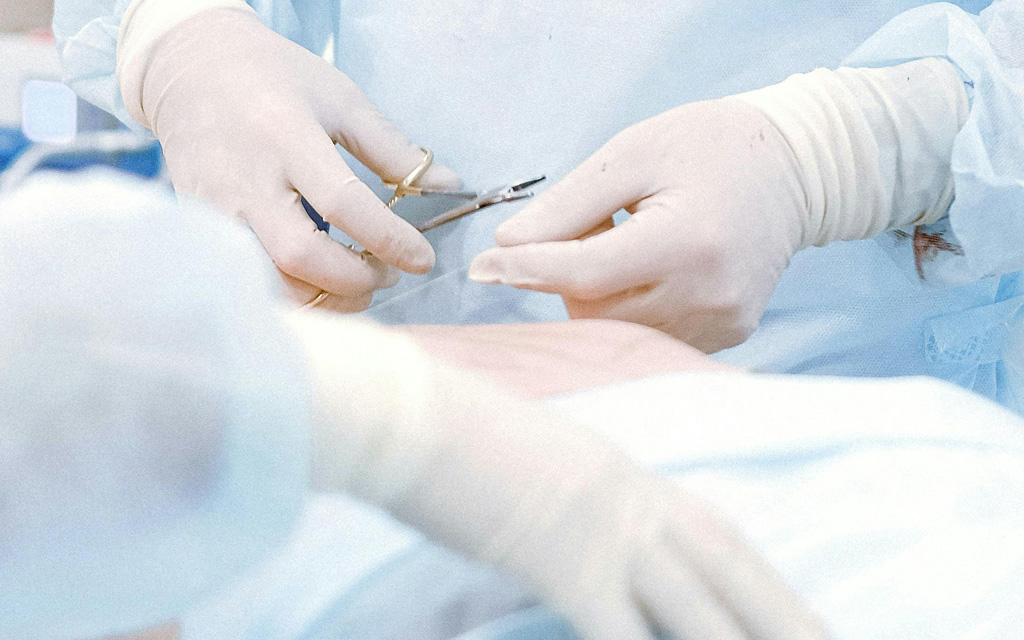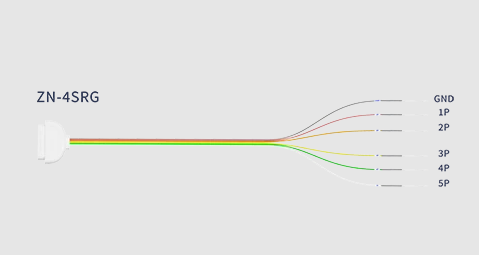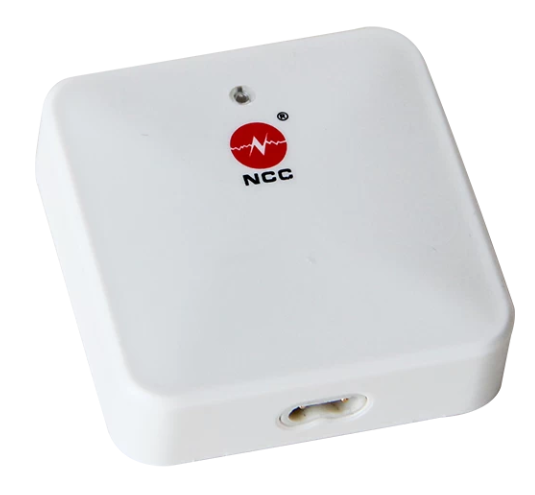Portable EEG Device Enables Brain Monitoring Anytime, Anywhere
Introduction:
In recent years, advancements in technology have revolutionized the field of healthcare, making it more accessible and convenient for individuals. One such breakthrough is the development of portable EEG devices, which allow for brain monitoring anytime and anywhere. These devices have the potential to transform the way we understand and diagnose neurological conditions, paving the way for personalized healthcare and improved patient outcomes. Recent 3 decades nearly has witnessed NCC’s growth into one of the leading Chinese solution providers in the field of electrophysiology through its continuous endeavors in innovative research and development. In this article, we will explore the capabilities of portable EEG devices and their impact on brain monitoring.
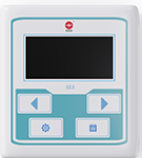
Understanding EEG:
Electroencephalography (EEG) is a non-invasive technique used to record electrical activity in the brain. It involves placing electrodes on the scalp to detect and measure the electrical signals generated by brain cells. Traditionally, EEG has been conducted in clinical settings using bulky and expensive equipment. However, recent advancements have led to the development of portable EEG devices, which offer a more accessible and user-friendly approach to brain monitoring.
Benefits of Portable EEG Devices:
1. Convenience and Accessibility:
One of the key advantages of portable EEG devices is their ability to provide brain monitoring outside of clinical settings. This means that individuals can now have their brain activity recorded in the comfort of their own homes or during their daily activities. This convenience eliminates the need for frequent visits to hospitals or specialized clinics, reducing the burden on patients and healthcare providers.
2. Real-time Monitoring:
Portable EEG devices enable real-time monitoring of brain activity, allowing for immediate feedback and analysis. This is particularly beneficial in situations where quick decisions need to be made, such as during epileptic seizures or in emergency medical settings. Real-time monitoring can provide valuable insights into brain function and help guide treatment decisions.
3. Long-term Monitoring:
Unlike traditional EEG, which is typically performed for short durations, portable EEG devices can be worn for extended periods, ranging from a few hours to several days. This long-term monitoring allows for a more comprehensive assessment of brain activity, enabling the detection of subtle changes or patterns that may not be apparent during a brief recording. This is especially useful in the diagnosis and management of conditions such as epilepsy, sleep disorders, and cognitive impairments.
4. Home-based Sleep Studies:
Sleep disorders, such as sleep apnea, can significantly impact an individual's overall health and quality of life. Portable EEG devices offer a convenient solution for conducting home-based sleep studies, eliminating the need for overnight stays in sleep clinics. By monitoring brain activity during sleep, these devices can provide valuable information about sleep patterns, identify abnormalities, and aid in the diagnosis and treatment of sleep disorders.
5. Personalized Healthcare:
Portable EEG devices have the potential to revolutionize healthcare by enabling personalized treatment plans. By continuously monitoring brain activity, these devices can provide valuable data that can be used to tailor interventions and therapies to individual patients. This personalized approach can lead to more effective treatments, improved patient outcomes, and reduced healthcare costs.
Challenges and Future Directions:
While portable EEG devices offer numerous benefits, there are still some challenges that need to be addressed. The accuracy and reliability of these devices need to be validated through rigorous scientific studies to ensure their effectiveness in clinical practice. Additionally, the interpretation of the vast amount of data generated by portable EEG devices requires advanced algorithms and artificial intelligence techniques.
In the future, we can expect further advancements in portable EEG technology. Miniaturization of devices, improved wireless connectivity, and enhanced data analysis algorithms will make these devices even more user-friendly and efficient. Furthermore, the integration of portable EEG with other wearable devices, such as fitness trackers or smartwatches, could provide a more comprehensive understanding of brain health and its relationship with overall well-being.
Conclusion:
Portable EEG devices have opened up new possibilities in brain monitoring, allowing for convenient, real-time, and long-term assessment of brain activity. These devices have the potential to transform the way we diagnose and manage neurological conditions, leading to personalized healthcare and improved patient outcomes. While there are still challenges to overcome, the future of portable EEG technology looks promising. With further advancements and research, we can expect these devices to become an integral part of routine healthcare, enabling brain monitoring anytime and anywhere.

 中文
中文 Arabic
Arabic Spanish
Spanish Hindi
Hindi French
French Indonesian
Indonesian Portuguese
Portuguese Persian
Persian Russian
Russian Korean
Korean German
German Vietnamese
Vietnamese Turkish
Turkish